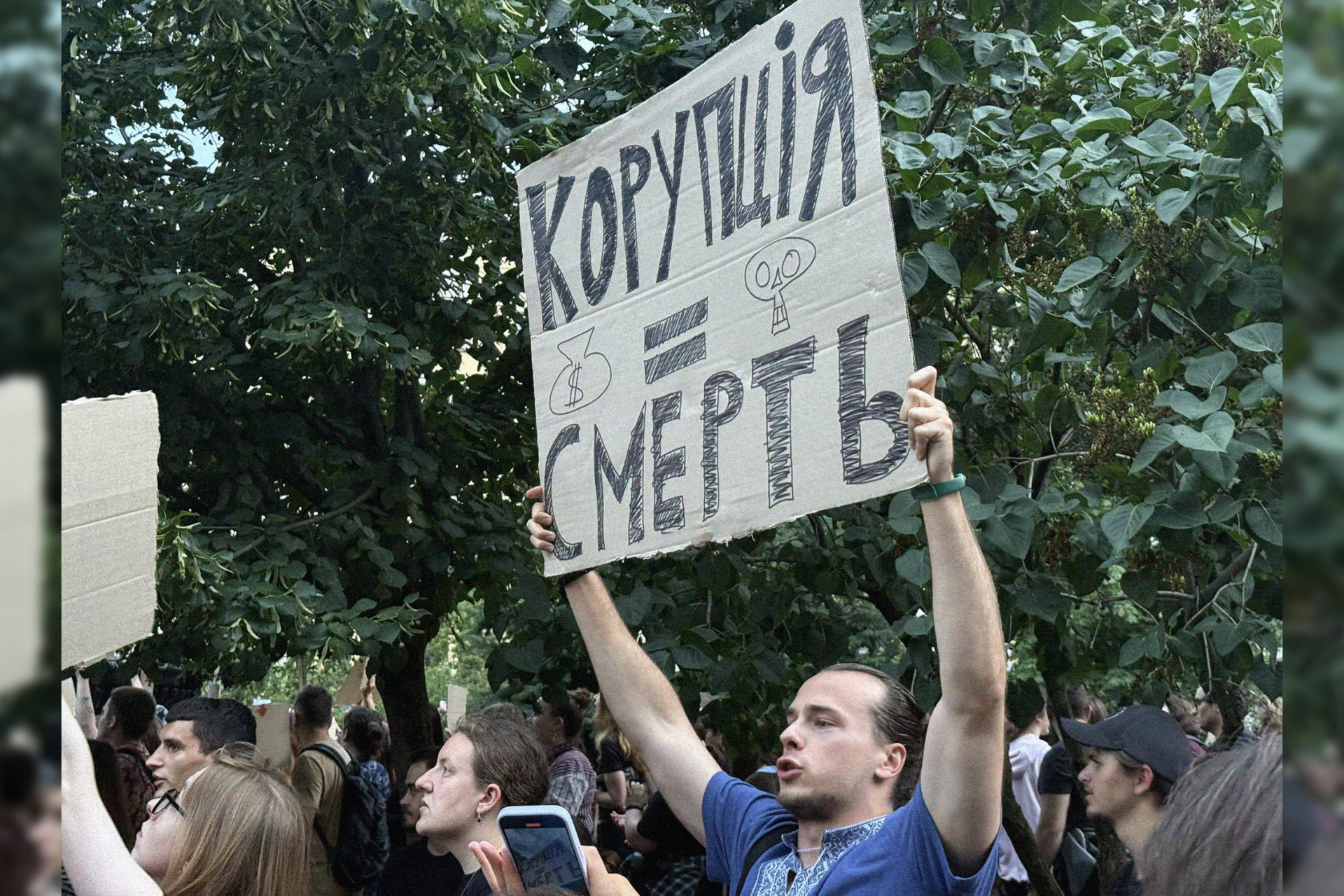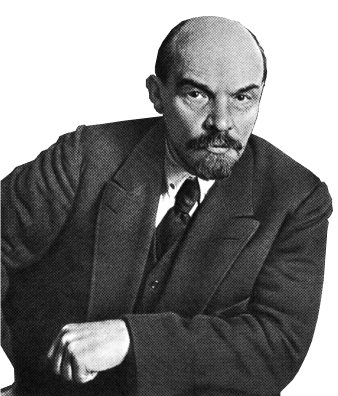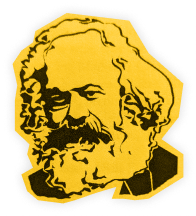
On Tuesday night, big protests were held against Zelensky in Kyiv, Dnipro, Lviv, and Odessa after he forced through a law that would undermine Ukraine’s anti-corruption bodies. Yesterday, these protests continued and spread to other areas including Kharkov, Chernivtsi, Vinnytsia, Nikolaev, Poltava and Chernihiv.
These demonstrations, the first since the war began three years ago, come at a critical time for the regime. Russia is advancing at an increasing rate, and the Ukrainian war machine is facing collapsing morale, growing war fatigue and troop shortages.
Zelensky moves against the opposition
The immediate reason for the protests was the Rada passing Bill No.12414, which effectively defangs the country’s two main anti-corruption agencies, the National Anti-Corruption Bureau (NABU) and the Specialised Anti-Corruption Prosecutor’s Office (SAPO). It removes their independence and brings them under the control of the President, via the office of the State Prosecutor.
There is plenty of speculation in Ukraine as to the reasons behind this move by Zelensky and his Head of Office, Andriy Yermak. The bill was passed with the votes of the ruling ‘Servant of the People’ party, Yulia Tymoshenko’s ‘Fatherland’ party, and the ‘Platform for Life and Peace’, which traces its origins to the anti-Maidan Party of the Regions.
One likely motive is that NABU investigations, including into a corruption scandal related to the procurement and funding of drone production, were closing in on Zelensky’s circle of close associates.
Linked to this is the fact that Zelensky has been moving to curtail the movements of all of his political opponents. He has attacked the first post-Maidan president Poroshenko (who is on trial), Kyiv mayor Klitschko and his former backer oligarch Kolomoisky (who is currently under arrest), and in general anyone who might be perceived as a political threat to him and his party’s control of the country. These attacks began before the Russian invasion in 2022. Others, like former head of the armed forces Zaluzhny – who according to polls is more popular than Zelensky himself, whose popularity has plummeted – are being kept at a distance. Zaluzhny has been made ambassador to London.
There are those who say that Poroshenko and others have entered into an alliance in self-defence, and are trying to push forward corruption investigations against Zelensky, through the medium of NABU. Notably, the Klitschko brothers – celebrity boxers, one of whom is the mayor of Kyiv and a long-time critic of Zelensky – made a brief appearance at the protest in Kyiv.
This has echoes of the same noises that have been made ever since Trump’s election in December. Prominent members of the Ukrainian establishment like Poroshenko and Tymoshenko have made it well known that they have an interest in getting back into power. In their bid to do so, they are trying to get the approval of the new US administration.

There is another aspect to be considered. NABU is part of a series of institutions, media organisations, think tanks, NGOs and ‘civil society’ organisations set up and funded by the West during and after the Maidan overthrow in 2014. These are linked to the liberal wing of the western ruling class (the EU bureaucracy, the Democratic party in the US, etc). They were directly involved, for instance, in the case against Trump’s former campaign chair Paul Manafort. Now that Trump is in power, many of these organisations have been defunded or no longer have a strong outside backer. This makes it easier for Zelensky to move to crush them or to bring them under control.
However, that does not explain the swift and decisive action taken. The whole process of passing the bill, which was then signed immediately into law by Zelensky, took place in the space of less than 24 hours. It was preceded, at the end of last week, by a swift and sweeping move by the SBU security services to arrest and charge a whole series of high-ranking officials in NABU. The expedited nature of Zelensky’s move against NABU and SAPO suggests that these institutions were going to move against him or his immediate associates.
Corrupt regime
There is no doubt that the Zelensky regime is deeply enmeshed in corruption of all sorts. A number of questionable figures have been thrust into positions of power since Zelenskiy’s election win, and in the course of the wartime reorganisation. Some of them are making large sums of money by stealing and diverting funds destined for the building of defensive fortifications, provisioning of food for the army, the manufacturing of drones, and the purchase of weapons abroad. Others are enriching themselves by fiddling with bonuses given to front-line units, by selling medical exemptions from the draft, by helping men of military age to escape across the border, etc.
This is a society dominated by oligarchs, powerful bureaucrats and gangsters, each with their own set of politicians at their service, among whom there is no honour. Alliances are made and broken, without any regard for political ideas nor the interests of the nation. The overriding principle for these capitalist crooks is: “where can I make the most money in the quickest way possible?”
The immediate reason for the protests was the bill against the anti-corruption agencies. Since the war began, only ‘patriotic’ demonstrations have been tolerated or have received institutional support from Ukrainian politicians. Protests against the rise in the cost of living and against mobilisation have often been cracked down upon by local security forces and smeared in the mainstream media.
One of the reasons that there have been mobilisations on the scale we are presently seeing is that some of the employees of the organisations being attacked by the present law are trained in organising ‘patriotic’ demonstrations of this type.
The creation of organisations like NABU is part of a decades-long effort by the US to create a caste of bureaucrats loyal to them. This is relatively cost-effective in a poor country, where ambitious young people can be recruited to serve foreign-backed organisations for good salaries and scholarships to western universities. This move has forced some of them to take the risk of organising protests. This is similar to what happened in Georgia at the end of last year.

Whatever the motivation of the leaders of these demonstrations, they could become the focal point for deeper grievances against the hated territorial recruitment officers (TCR) and their brutal methods, as well as for the general demoralisation with the course of the war. They have the potential to become an outlet for the discontent of broader layers of Ukrainians.
The crisis of the Zelensky regime could not come at a worse time. At the front, the rate of Russian advance is increasing. The Russian army has completed the occupation of all settlements in Luhansk, has reached and trespassed the borders of Dnipropetrovsk oblast, has crossed the border in Sumy and Kharkov oblasts with the aim of establishing a buffer zone for the Russian oblasts of Kursk and Belgorod, is advancing on the strategic enclave of Kupiansk, and, in the last 48 hours, seems to have started the final battle for Pokrovsk, though the actual takeover might take weeks or even months.
On top of this, we have the massively increased barrage of drone and missile attacks, a field in which Russia’s growing industrial superiority is combined with declining Ukrainian and western stockpiles of air defence systems and missiles.
Endgame?
In the last few days, Trump has made a number of grandstanding statements against Putin and has promised to deliver more weapons to Ukraine. But the actual substance is very thin on the ground. The promised assistance could take months to materialise, and it is unlikely to have any serious impact on the course of the war. His threat of sanctions comes with a 50 day deadline (which we have now been told is not a ‘hard deadline’), which coincides quite closely with the period within which Putin told Trump he was going to carry out a major offensive (60 days).
Zelensky is not only facing internal enemies, but is also playing a dangerous game of trying to balance off the European imperialists against US imperialism. Trump does not like Zelensky. He considers him to be a slippery customer who has not bowed down to his authority and instructions. Will Trump use this situation to move against him? It is difficult to know. That will depend on how the crisis develops in the next few days, including the new round of talks with Russia.
One thing is clear. An ever-growing section of the western media, which up until now backed Zelensky fully and lied through their teeth about the real situation in Ukraine and at the front, has now joined a growing chorus of condemnation of the man in Kyiv.
Is this the beginning of the end of the Zelensky regime? Only time will tell.

